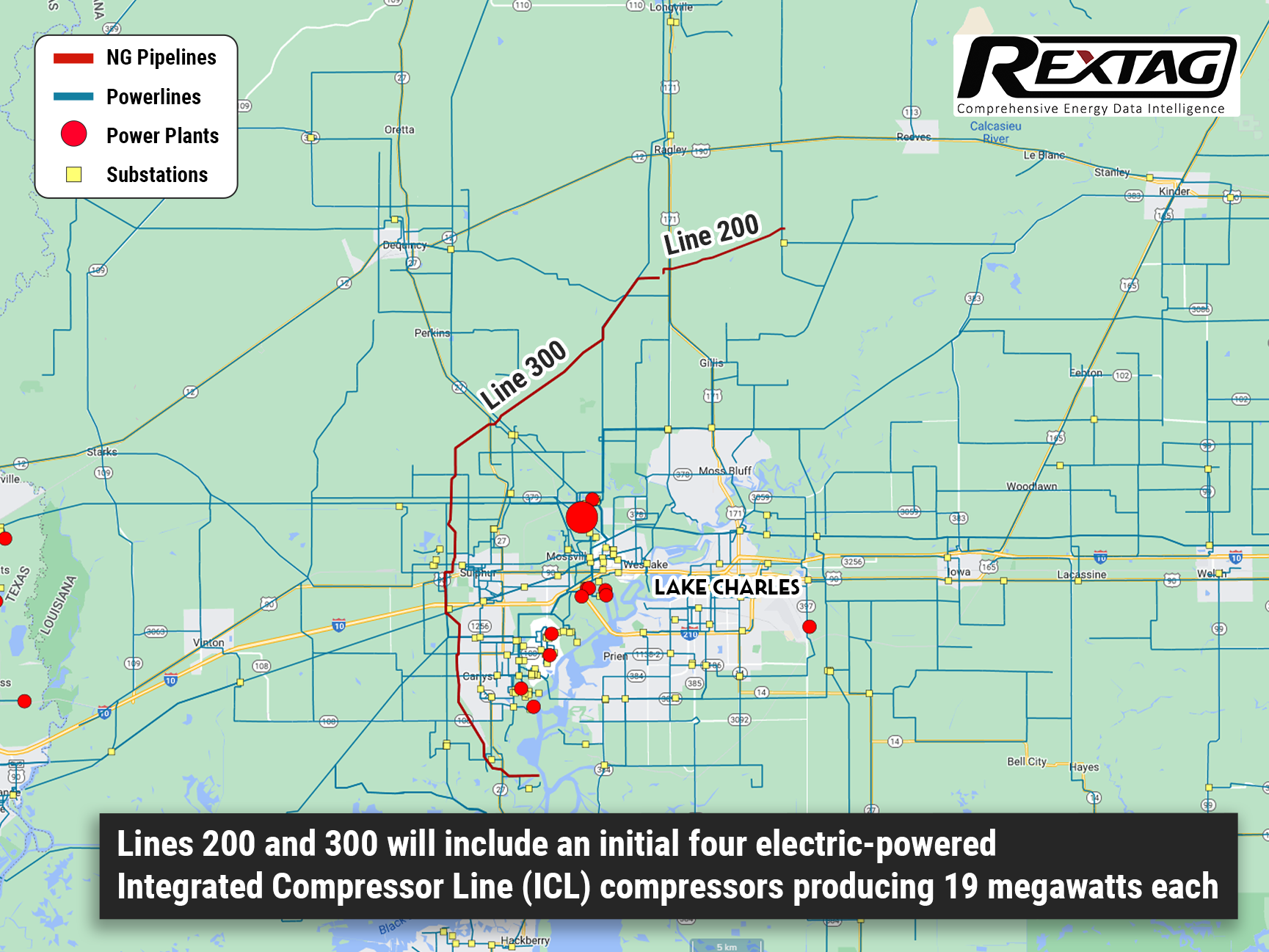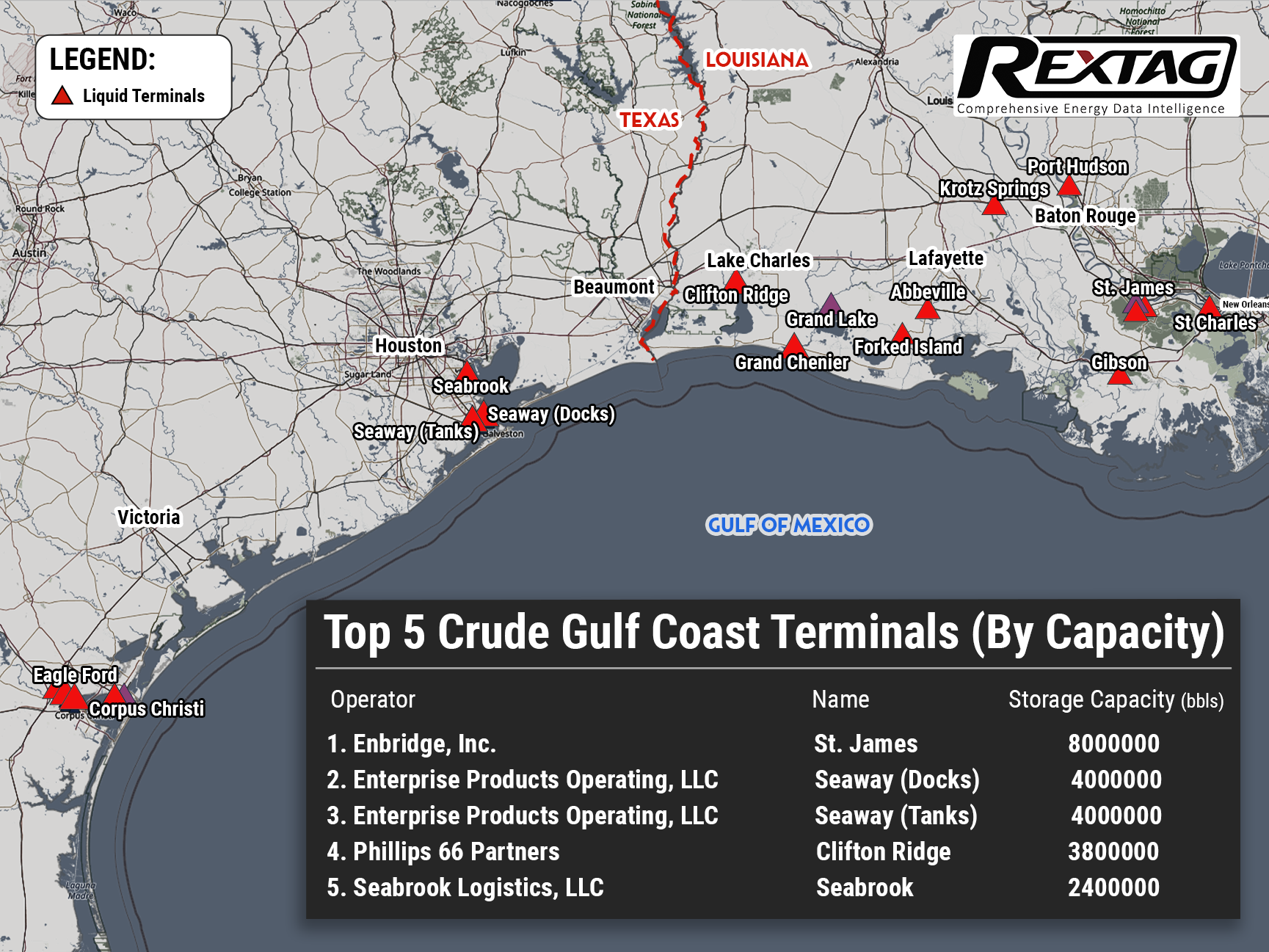Blog
Since days when shale oil and gas technologies were discovered, the U.S. energy industry has been evolving more rapidly than ever before. Many changes are amazing especially when you put them on an industry map. At Rextag not only do we keep you aware of major projects such as pipelines or LNG terminals placed in service. Even less significant news are still important to us, be it new wells drilled or processing plants put to regular maintenance.
Daily improvements often come unnoticed but you can still follow these together with us. Our main input is to “clip it” to the related map: map of crude oil refineries or that of natural gas compressor stations. Where do you get and follow your important industry news? Maybe you are subscribed to your favorite social media feeds or industry journals. Whatever your choice is, you are looking for the story. What happened? Who made it happen? WHY does this matter? (Remember, it is all about ‘What’s in It For Me’ (WIIFM) principle).
How Rextag blog helps? Here we are concerned with looking at things both CLOSELY and FROM A DISTANCE.
"Looking closely" means reflecting where exactly the object is located.
"From a distance" means helping you see a broader picture.
New power plant added in North-East? See exactly what kind of transmission lines approach it and where do they go. Are there other power plants around? GIS data do not come as a mere dot on a map. We collect so many additional data attributes: operator and owner records, physical parameters and production data. Sometimes you will be lucky to grab some specific area maps we share on our blog. Often, there is data behind it as well. Who are top midstream operators in Permian this year? What mileage falls to the share or Kinder Morgan in the San-Juan basin? Do you know? Do you want to know?
All right, then let us see WHERE things happen. Read this blog, capture the energy infrastructure mapped and stay aware with Rextag data!
The Deal between TC Energy and Mexican Utility is Concluded to Build $4.5 Billion Gas Pipeline
TC Energy Corp. had reached a deal with a Mexican state utility to build a $4.5 billion natural gas pipeline, according to a company release on Aug. 4. The natural gas to Mexico's central and southeast regions will be furnished by the 1.3 bcfd offshore Southeast Gateway Pipeline, the Canadian pipeline operator said. Due to the most serious trade spat with #Mexico over the United States-Mexico-Canada Agreement, Canada and the United States made the deal with Comisión Federalde Electricidad (CFE). TC Energy and CFE in conjunction with the alliance also took the final investment decision (FID) on the 715-km Southeast Gateway. The pipeline will serve southeast Mexico, starting onshore in Tuxpan, Veracruz, then proceeding offshore, making landfall at Coatzacoalcos, Veracruz, and Dos Bocas, Tabasco.
Certified Low Emissions Gas - Williams & PennEnergy Partner Together
Williams said on Aug. 8, that it concluded an agreement to support the selling and transportation of certified, low emissions next-gen natural gas from PennEnergyResources LLC. According to the deal, Williams will construct a marketing portfolio to market the natural gas to utilities, LNG export facilities, and other facilities which can efficiently use clean energy. Moreover, the agreement involves a certification process that verifies best practices are being followed to reduce emissions and produce natural gas in an environmentally responsible manner collaborating with an independent third party. The partnership with PennEnergy is a continuation of Williams' strategy to collect, market, and deliver low-carbon natural gas to the end user from the wellhead. PennEnergy’s 378 production wells in southwest Pennsylvania supply the US with natural gas and they have achieved Platinum status from Project Canary’s TrustWell certification.
How Can O&G Companies Maximize the Value of Their Business Based on Location Analysis Using Available Energy Data?
The energy sector is growing rapidly. With the rise in technology and data available, now more than ever businesses can maximize their value by analyzing their location and how it affects their industry. The energy sector is ever-changing. To be successful, oil and gas companies must be nimble and able to adapt to the constantly shifting landscape. With the right data, you can make informed decisions about where to drill, how to transport your product, and what price you can charge for it. Energy mapping & data services are an important tool for oil and gas companies. By understanding the energy landscape, you can make decisions that will maximize the value of your business. When it comes to choosing the right technology for their business, oil and gas companies need to consider a number of factors. These include the specific needs of their business, the cost of implementing and maintaining the technology, and its compatibility with existing systems. By carefully considering these factors, oil and gas companies can make sure they invest in the right technology for their business and increase their competitive advantage.
Significant Growth of MPLX; Pipeline Throughput Raised by 6%
According to a midstream oil and natural gas company release on August 2, MPLXLP has increased total pipeline throughputs by 6% in the second quarter of 2022 and terminal throughput by 4%, versus year-ago levels. In an earnings statement of MPLX, the total pipeline throughputs were 5.9 million bbl/d, with terminal throughput of 3.1 million bbl/d for the second quarter. The company reported a net income of $875 million and adjusted earnings of $1.457 million in the second quarter, both higher than in the same period of 2021. Gathered volumes grew up by 11% from year-ago levels to an average of 5.6 Bcf/d. In the Marcellusregion, gathered volumes fell 1% compared to year-ago levels to an average of 1.3 Bcf/d. MPLX is expanding several projects, including in the Permian Basin where the Whistler pipeline is increasing from 2 Bcf/d to 2.5 Bcf/d, in addition to lateral pipelines into the Midland Basin and Corpus Christi domestic and export markets. Moreover, the construction is also maintained on the 200 MMcf/d Tornado ll processing plant, which MPLX anticipates coming online in the second half of 2022. Additionally, 68,000 bbl/d Smithburg de-ethanizer project in the Marcellus is expected to come online in the third quarter.
Mountain Valley Is to Be Completed by Equitrans in 2023: Shares Rose
According to a company release on August 2, U.S. energy company Equitrans Midstream Corp. anticipates finishing the $6.6 billion Mountain Valley natural gas pipeline from West Virginia to Virginia in the second half of 2023. The company decided to complete this project after the announcement on August 1 that Democratic U.S. Senator Joe Manchin honored a commitment from President Joe Biden, Senate Majority Leader Chuck Schumer, and House of Representatives Speaker Nancy Pelosi to permit the long-delayed Mountain Valley to be finished. Manchin’s agreement and the announcement increased Equitrans shares by over 10% to a three-month high of $8.72 on August 2. At the beginning of Mountain Valley construction in February 2018, Equitrans valued the 303-mile (488-km), 2 Bcf/d project would cost approximately $3.5 billion and enter service by late 2018. Equitrans has said the #pipeline was almost completed for 94% and the company has a 48.1% ownership interest in Mountain Valley and will operate the pipeline. Mountain Valley is owned by units of Equitrans, NextEra Energy Inc., Consolidated Edison Inc., AltaGas Ltd., and RGC Resources Inc.
Magellan Reported Volume Changes on Its LongHorn and BridgeTex Pipelines
According to a July 28 report, Magellan Midstream Partners LP stated that the volumes in the last quarter on the Longhorn and BridgeTex pipelines that carry crude from the Permian Basin to Houston dropped dramatically since shippers likely exported barrels, meanwhile, refined product volumes grew on pandemic demand recovery. Volumes on the 450-mile (724-km) Magellan’s wholly-owned Longhorn crude oil pipeline from West Texas to Houston averaged approximately 200,000 bbl/d in the three months ended June 30 in contrast with 260,000 bbl/d in the same period the year before. A joint venture, the BridgeTex crude pipeline from the Permian to Magellan’s East Houston terminal dropped to 215,000 bbl/d from virtually 315,000 bbl/d in the year-ago period. However, volumes on the most prominent common carrier refined products pipeline system in the U.S. increased 3% partly because of pandemic demand recovery. Income from oil storage plunged as a steeply risen-in-price market made holding barrels less attractive and following contract expirations while operating expenses grew $28 million.
Baker Hughes To Help Driftwood Pipeline Decarbonize Its Lines 200 and 300 Projects
According to a press announcement on June 29, Baker Hughes got a contract to supply electric-powered Integrated Compressor Line (ICL) decarbonization technology and turbomachinery equipment for an upcoming natural gas transmission project by a subsidiary of Tellurian Inc. – Driftwood Pipeline LLC. Driftwood Pipeline decided that the projects of Lines 200 and 300 would be situated in Beauregard and Calcasieu Parishes in southwest Louisiana and it will be the first time when Baker Hughes installs its ICL technology for pipeline compression in North America. Joey Mahmoud, president of Tellurian Pipelines, says the company expects that the project will give upwards of 5.5 Bcf of natural gas every day, with virtually no emissions. As a part of the agreement, Tellurian makes the initial $240 million pipeline investment as part of the broader Driftwood Pipeline system, which will keep enhanced supply reliability to meet the area’s projected industrial enlargement in a purer, more sustainable way. Baker Hughes has installed over 50 ICL units across the different pipeline and offshore applications, mainly in Europe. The compressors exert a reduced environmental footprint because their hermetically sealed casing prevents emissions from obviating. It is important to mention, that they require minimal downtime as magnetic bearings are resulting in more efficient operations and low maintenance.
Growing Export of US Crude Oil Is Expected to Set Record This Quarter
On 27 June, the analysts at Kpler spread the word that the exports of crude oil from the U.S. Gulf Coast could break a record 3.3 MMbbl/d this quarter as Europe has regard to U.S. crude which can outweigh sanctioned Russian oil. Due to Washington's decision to release 180 MMbbl of oil from the nation's Strategic Petroleum Reserve, U.S. exports have increased in the last three months, as it has flooded the domestic market. Exports to Europe are anticipated averaging approximately 1.4 MMbbl/d this quarter, about 30% higher than the year-ago quarter, meanwhile, export to Asia is set to decrease to less than 1 MMbbl/d. Despite that the U.S. has lost about 1 MMbbl/d of refining capacity since 2020, it also boosted exports thanks to the government’s intervention to back crude supplies which has had consequences in growth in exports. Throughput via the Port of Corpus Christi has grown by more than 150,000 bbl/d and has become 1.86 MMbbl/d. Nevertheless, Port of Houston exports also have been increasing since the third quarter of last year, they remain below pre-pandemic levels.
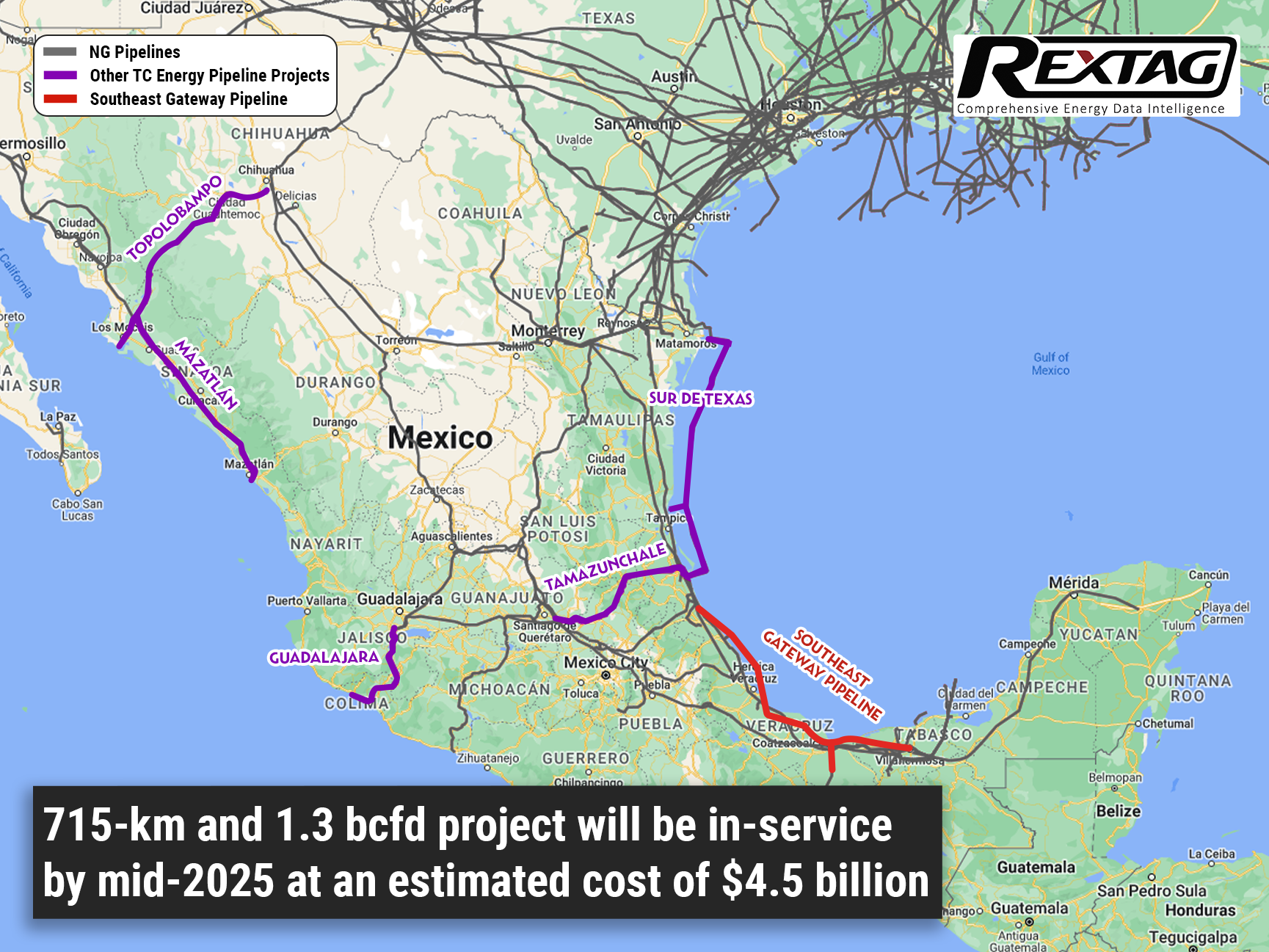
.png)
.png)
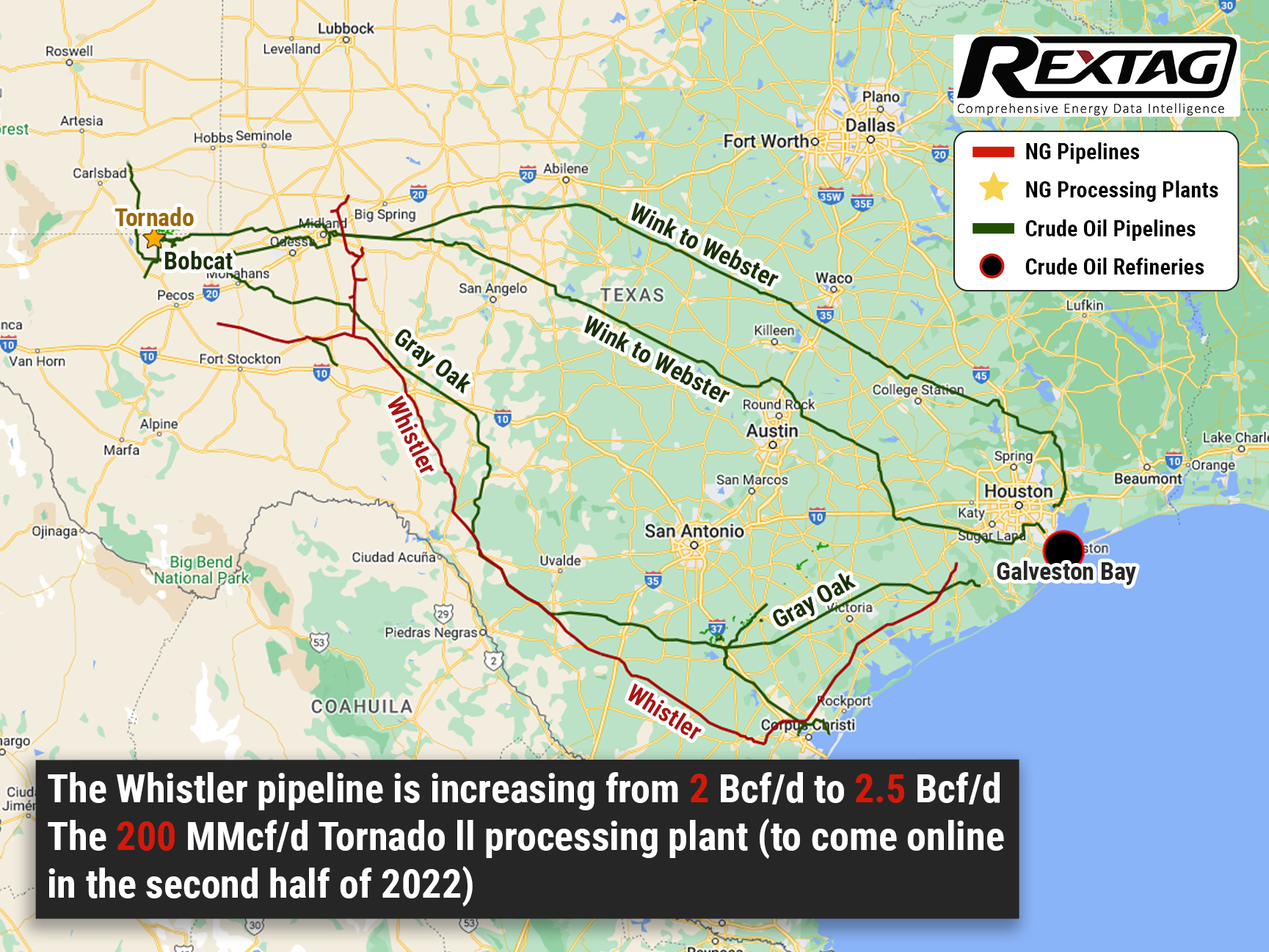
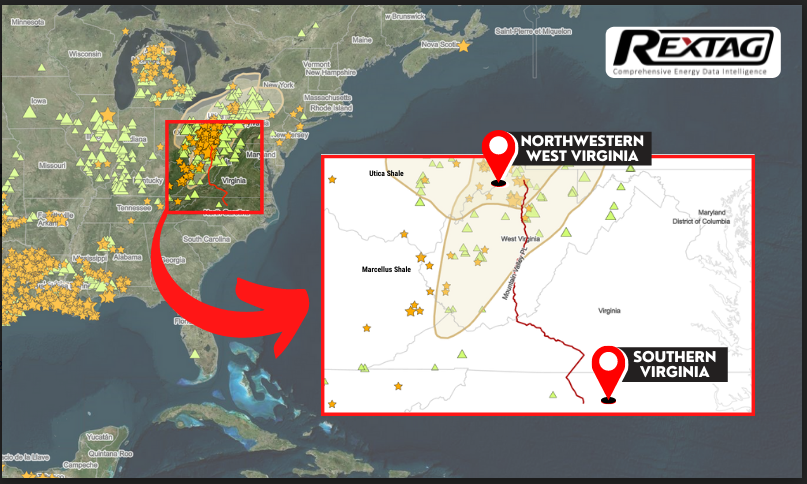
.png)
